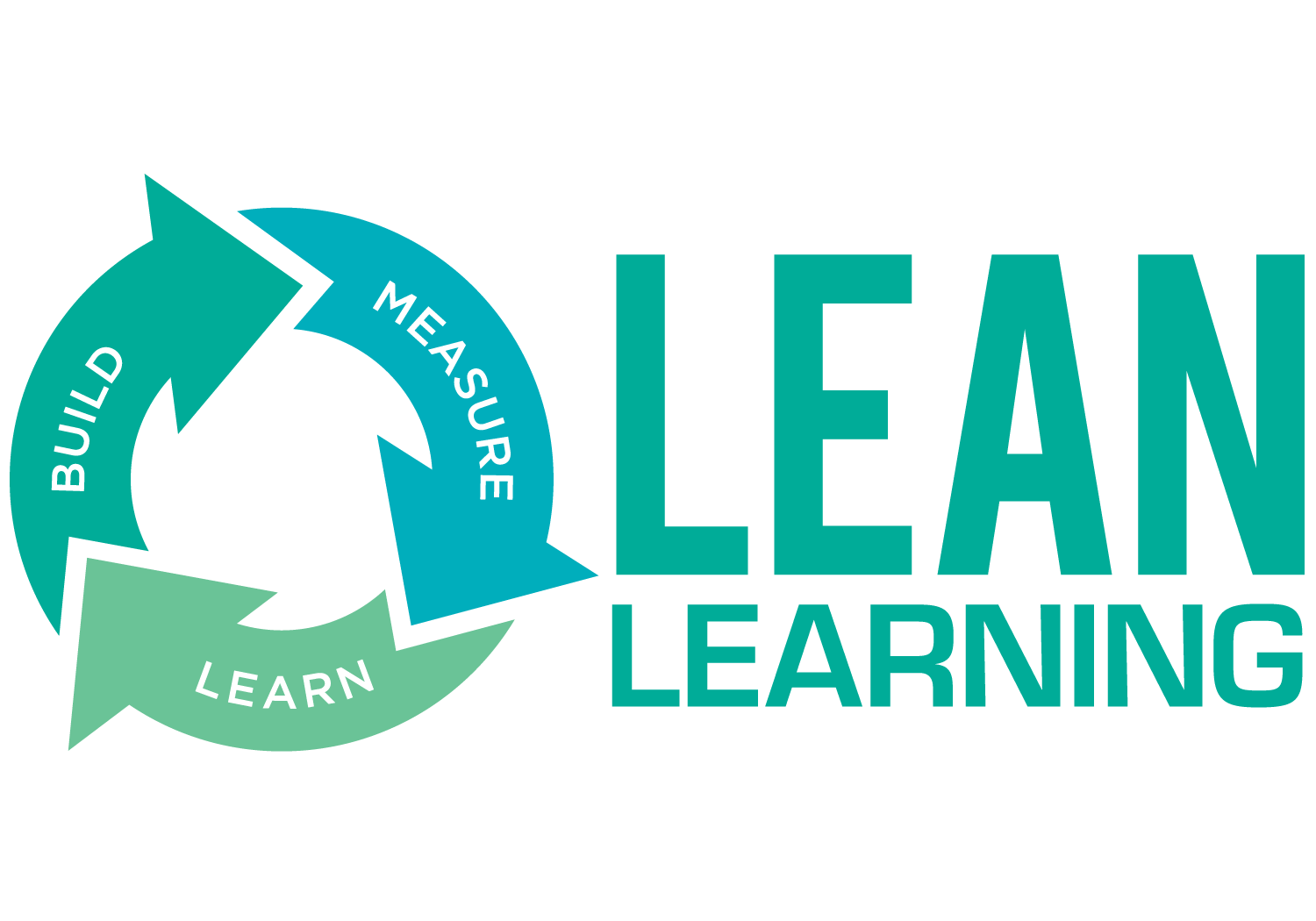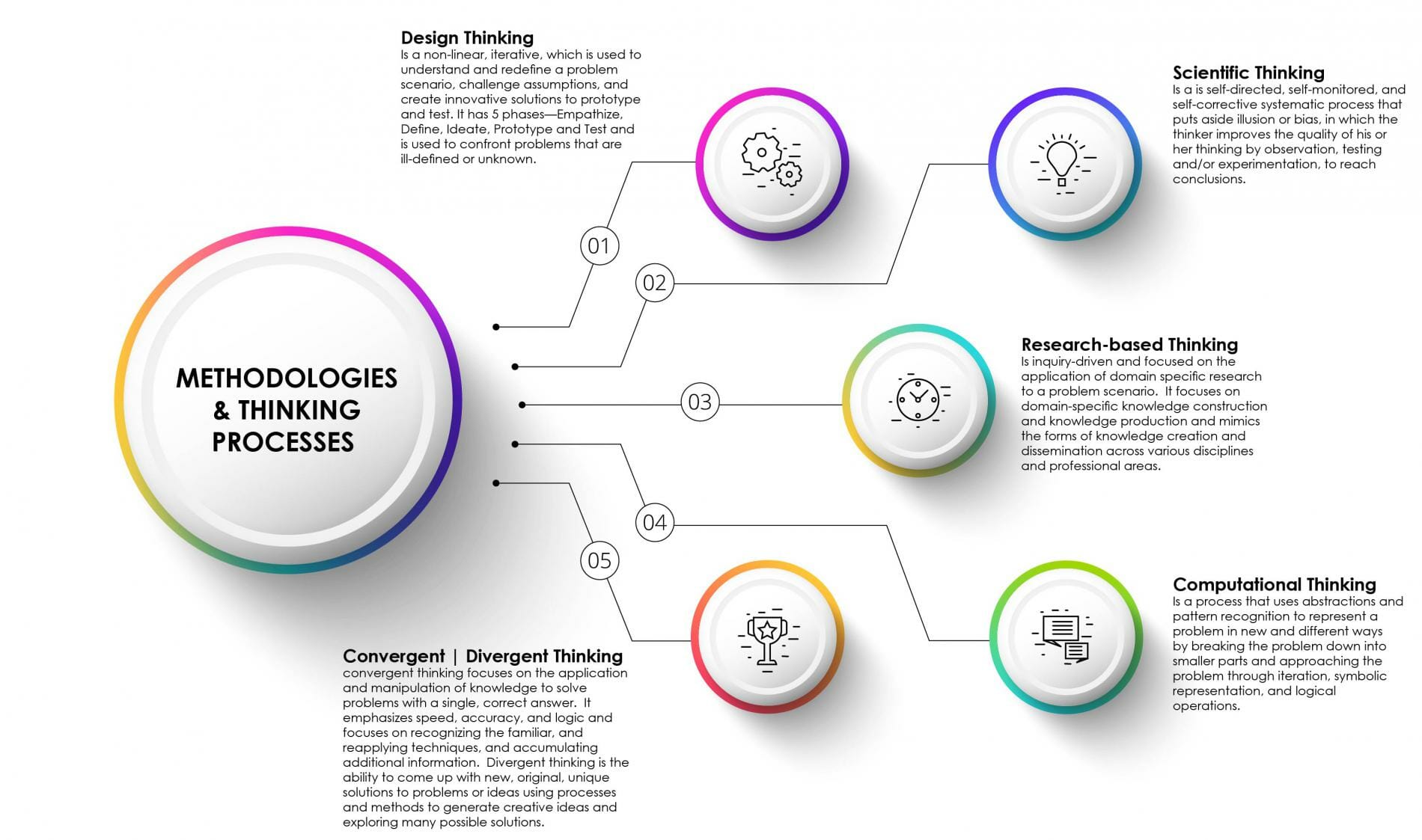The Lean Education Framework
|BUILD | MEASURE | LEARN||BUILD | MEASURE | LEARN|
We need to give learners the opportunity to be thinkers, designers, creators and coders, builders and engineers. Learning should be driven by exploration and discovery, it should be a continual process of testing and experimentation, giving learners the opportunity to be ‘theory builders’ (Costa & Kallick (2008). It is this process that stimulates the development of character qualities central to scientific inquiry and discovery including, but not limited to, curiosity, a drive to experiment, and a desire to challenge existing norms and share new ideas.
Dr Mark Weyers
Chief Innovator, BCI Innovation Labs
Founder, Lean Education

The foundations of lean education
At it’s foundation, the Lean Education Framework is about the active process of knowledge construction and the methods by which that process occurs. Knowledge is a byproduct of the building process. Learners learn through the process of building models, whether those models are cognitive, such as mathematical, theoretical or computational models or physical, knowledge construction occurs.
Traditional education tends to focus on how many answers a student knows. Lean Education teaches students how to approach a situation when they don’t know the answer. It focuses on how students produce knowledge rather than how they merely reproduce it. It equips them with methodologies and thinking processes that provide them with the cognitive tools to think differently when solving complex, ill-defined problems.
WHY LEAN EDUCATION?
It creates individuals who can think logically, and solve ill-defined problems by critically analyzing the information available, testing various hypotheses, formulating creative solutions, and acting. A person who can be innovative, creative, and entrepreneurial. A lifelong learner is able to live and work in a digitally connected, global knowledge economy, the kind of context that requires an ability to communicate, collaborate, and learn with diverse groups of individuals and teams worldwide.
Traditional education tends to focus on how many answers a student knows. Lean Education teaches students how to approach a situation when they don’t know the answer. It focuses on how students produce knowledge rather than how they merely reproduce it. It equips them with methodologies and thinking processes that provide them with the cognitive tools to think differently when solving complex, ill-defined problems.
THE SPIRAL COMPETENCY FRAMEWORK
Six Integrating Global Competencies for 21st Century Learning
Lean Education has been designed to integrate with any curriculum. Our unique spiral competency framework acts as a plugin to integrate the development of skills and competencies with the curriculum expectations of any national curriculum. Each phase of | Build | Measure | Learn | utilizes different competencies and skills while learners focus on applying what they are learning.
Thus, it focuses student effort, not only on the accumulation of subject knowledge but on honing the skills and developing the character qualities needed to become successful in life. Our competencies are based on research done in 2016 by the Ontario Ministry of Education (Canada), which found that there are six global competencies that were considered to have a measurable impact on educational attainment, relationships, employment, health and well-being regardless of occupation or walk of life. These six competencies support learning in all subject areas. However, Lean Education is unique, in that it has taken these Six Integrating Global Competencies, and we have created a spiral structure (Bruner, 1960) that allows learners to continually engage, activate and master these competencies in greater detail and complexity throughout their learning journey.
The six integrating global competencies are:
.
WHY COMPETENCY-BASED EDUCATION?
“While there is an extensive amount of research supporting the adoption of competency-based education, the most prominent argument for its adoption is the changes we are now seeing in the workforce as it moves from an industrial era focus on production into an interconnected globalized knowledge economy – which requires dynamic and unpredictable models of economic and social development (Ontario Ministry of Education, 2015).” Founder Groups bring the real world into the classroom, by making the real world, the classroom. Our entrepreneurs learn in ‘Augmented Work Environments’ and practice and test out the strategies that will make them successful as they build their companies. They gain the skills needed to be successful in a fast-paced entrepreneurial environment.
THE EVIDENCE
“Researchers acknowledge that the need to engage in problem-solving and critical and creative thinking has “always been at the core of learning and innovation” (Trilling & Fadel, 2009, p. 50). What’s new in the 21st century is the call for education systems to emphasize and develop these competencies in explicit and intentional ways through deliberate changes in curriculum design and pedagogical practice (Ontario Ministry of Education, 2015).”
what are competencies?
“Competencies are more than just knowledge or skills. It involves the ability to meet complex demands, by drawing on and mobilizing psychosocial resources (including skills and attitudes) in a particular context (OECD, 2003, p. 4)”
“Why do I need to think outside the box? In my world…
there is no box?”
Dr Mark Weyers
Chief Innovation Officer
Methodologies and thinking processes
TRANSLATING CURRICULUM EXPECTATIONS TO LEARNING GOALS
Competencies, curriculum expectations, and learning outcomes are converted to Personalized Learning Goals (PLGs) for an individual learner or an Incubator Team. The learning goals are then ‘integrated’ into a Capstone Project. Capstone projects are often a collection of smaller projects that engage different thinking processes (e.g. Scientific thinking; design thinking, computational thinking). All projects are inquiry-driven. In order to identify a problem and form an appropriate solution, learners must approach the question or problem, from a different perspective. Lean Education encourages learners to employ a range of thinking processes. Each student or incubator group meets with their teacher or coach, to agree on their learning goals, and to map these goals to an appropriate Methodology.
.

agile learning = agile thinking
Lean Education focuses on developing Agile Learners. Agile Learning is the ability to use a range of thinking processes and mental models to identify and solve complex problems. Knowing when, where, and how to apply different mental models or thinking processes is critical to developing new mental models about the world.
Agile Learning is characterized by a learner’s ability to:
- Develop new, and adapt existing, mental models based on evidence
- Utilize Fluid intelligence
- Dynamically change their mental model when investigating a problem (and looking at the world)
- Understand the connections between their various mental models
